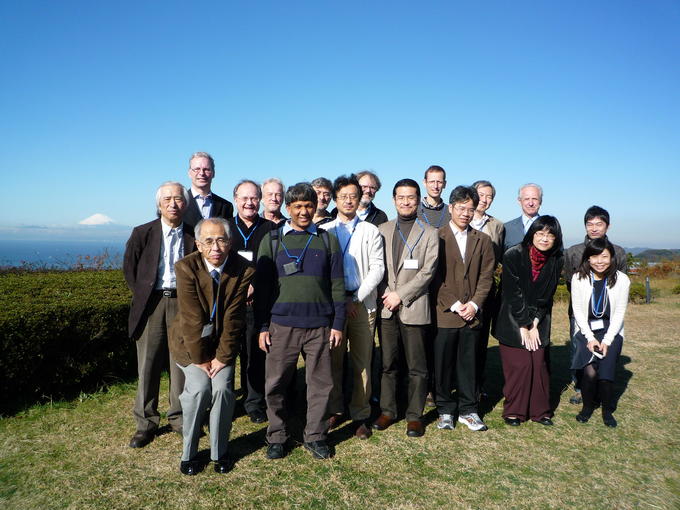NO.057 Towards Explanation Production Combining Natural Language Processing and Logical Reasoning
November 27 - 30, 2014 (Check-in: November 26, 2014 )
Organizers
- Randy Goebel
- University of Alberta, Canada
- Yuji Matsumoto
- Nara Institute of Science and Technology, Japan

Overview
Description of the meeting
The recent application of high performance natural language processing (NLP) systems has shifted from general question answering to more targeted application domains (e.g., medical diagnosis, epidemiology, legal reasoning, intellectual property management). Examples include the WATSON project by IBM and the Todai Robot Project by NII. But these recent systems have focused more on engineering problem solutions, and less so on general architectures for building domain models that support more general representation and reasoning within the specific application domains. For example, the WATSON architect uses an associative pattern matching process which supports high performance, but is difficult to follow for humans, and thus prevents easy collaborative problem-solving with humans. Our workshop proposal if focused on the development and integration of modern natural language processing tools to support the development of systems with methods of hypothesis management and explanation. In this way, humans can collaborate with such systems to not only understand the use of representation to create answers, but an also support incremental supervised machine learning. The purpose of the proposed meeting is to gather a group of researchers in related areas, such as natural language processing, information extraction, and logical reasoning, in order to formulate approaches to combining these areas to achieve the goal of machine-human collaboration in high-performance natural language-based domain interactive reasoning systems.
A research agenda for such a meeting would include a variety of topics, including language-based information extraction (e.g., open information extraction), reasoning architectures based on abduction and hypothesis management, natural language entailment, and inductive learning.
Specific challenges include the capture and use of legal documents, in order to answer legal questions. In this context, the creation of legal judgements involves not just answers (e.g., guilty, not guilty), but articulation of elaborate explanations supported by interpretation of legal statues and regulations. To construct such logical explanations, we need to identify information relevant to the questions, ensure that information is transformed to or directly represented in formal representations that support the contraction of explanations. In this phase, we need a NLP analysis of question and information retrieval technique based on the analysis. Subsequent steps include the development of entailment testing methods, to decide whether and how (or how not) a question is entailed by the logical representation of the extracted domain information. The general development of NLP techniques for this kind of subsumption involves ontological manipulation, relation extraction, and logical reasoning.
Because this diversity of requirements, our workshop will need to include researchers from information retrieval, information extraction, question-answer, general natural language processing, and logical representation and reasoning. With this context, the goal is to develop a basis for reliable system which produces an explanation of system’s behaviour, and be incrementally constructed and improved to advance their level of performance in a variety of appellation domains.
Possible topics of the meeting include, but are not limited to:
- Natural Language Processing for Information Retrieval
- Information Retrieval for Complex Logical Formula
- Natural Language Processing for Textual Entailment
- Natural Language Processing for Subsumption Test
- Ontology Research for Subsumption Test
- Combining Logical Reasoning and Natural Language Processing
- Feedback of Logical Reasoning to Solve Disambiguation
